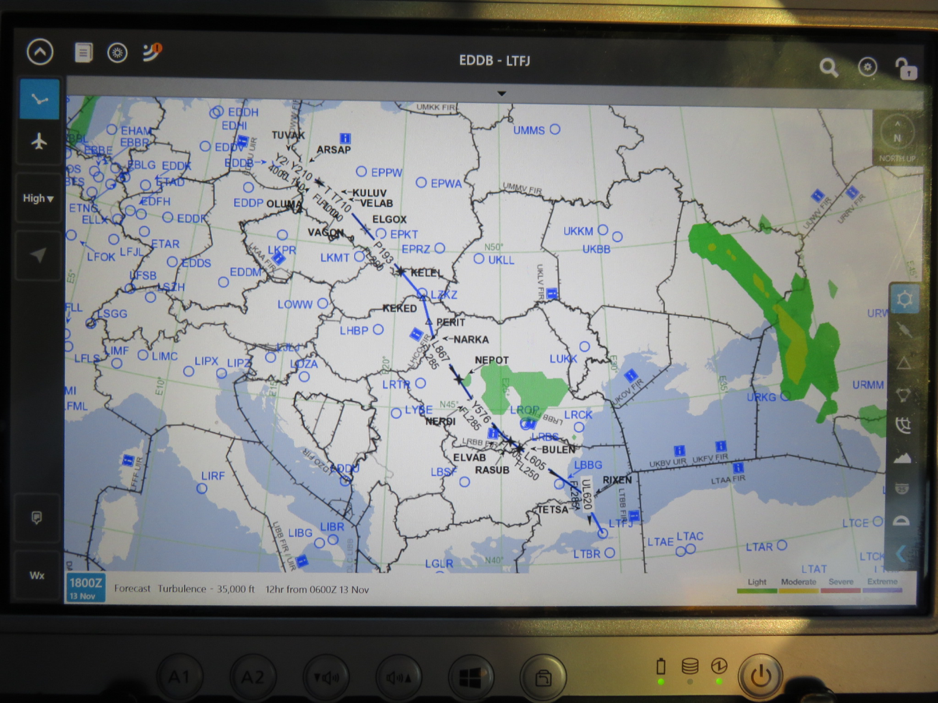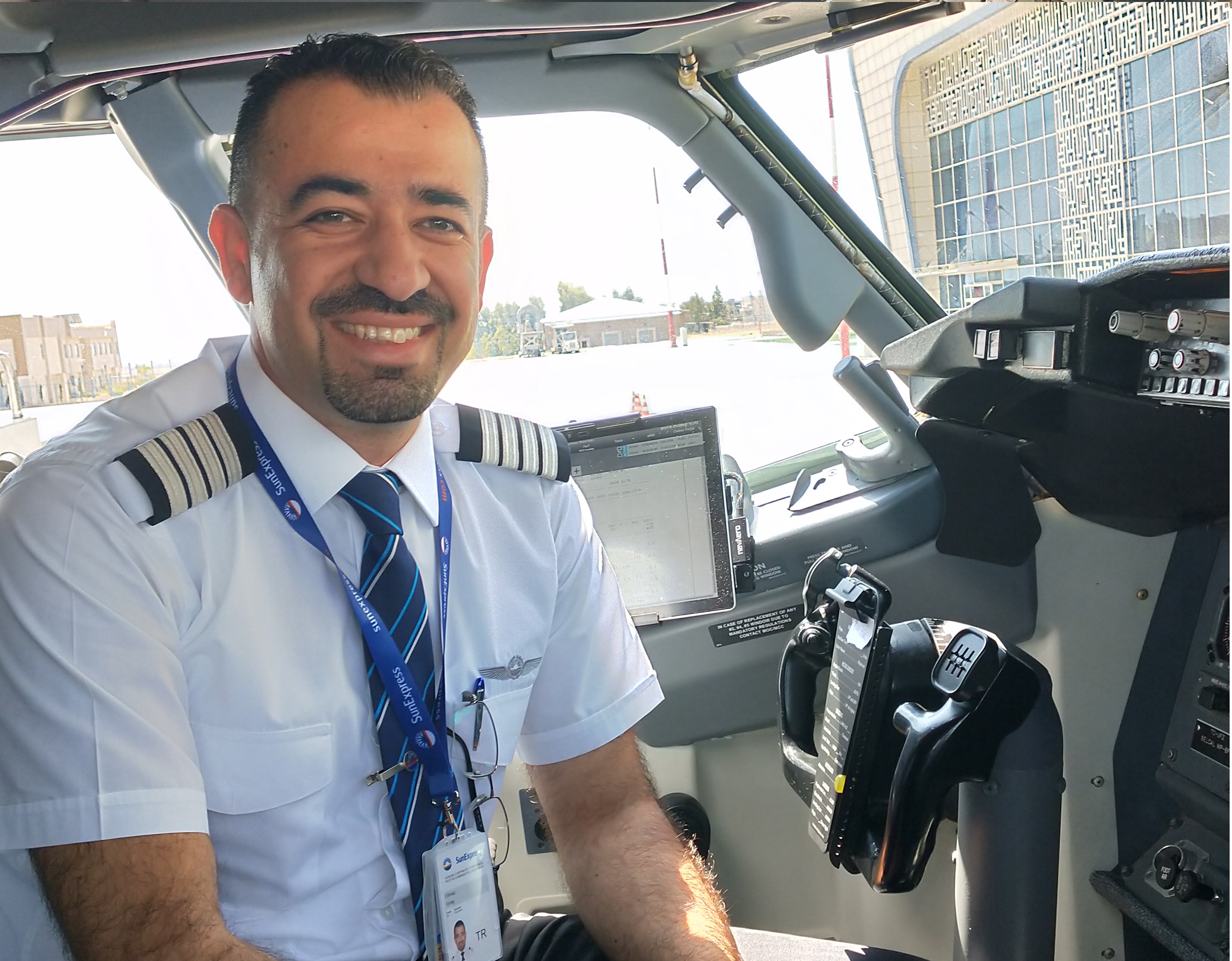PAPERLESS COCKPIT
Paper may seem a trivial tool in this day and age, but it has come a long way serving humanity for hundreds of years, allowing archives of great value to bring history and knowledge into the heart of the 21st century. Paper provides means of recording data and opportunity to prove evidence in business. The principle idea behind how and why paper came to life is one for the historians to discuss, but is certainly out of the context of this article.
Bureaucracy amongst other factors requires enormous amounts of paperwork and its products to fulfill the requirements that are growing day by day. Just give it a thought for a few minutes and you will soon realise how much paper surrounds our daily lives. Your bus ticket, books, certification, stationery, promotional material, photographs, governmental documentation and receipts are only a tiny part of the forms in which we make use of paper. When it comes to commercial aircraft operations, however, paper is earning itself a bad image thanks to advancements in technology that manifests itself in a very compact and practical form.
A pilot will find himself in touch with many different types of documentation in a routine flight operation, Air Traffic Control flight plans, dispatch release forms, meteorology and route briefings, trip information form, general declaration forms, mass and balance sheets, security forms, cargo manifests, dangerous goods declaration forms (NOTOC), sick passenger reports, Captain’s report forms, navigational approach plates for all airports within the airline’s operational network, en-route charts, technical log book, maintenance log book, hold item list, minimum equipment list, aircraft systems manual, flight crew training manual, quick reference handbook, company specific operations manuals, certificate of airworthiness and other related documents, noise certificate, radio operator certificate, spare forms and documents. Considering the frequency at which a typical airliner flies in a 24 hour block, you can start to imagine the immense amount of paper that is required to maintain the current and past record of all events happening on board throughout the fleet, not disregarding the associated archiving issues that follow.
Although the greatest benefit of a paperless cockpit seems to rest on reduced weight and therefore the associated costs, having all that a pilot needs under his fingertips on a touchscreen is the greatest feat in avoiding nitty gritty paperwork. A typical day may involve multiple number of flight legs that multiply the workload in terms of filling in regulatory paperwork. The convenience of electronic signature is an added benefit to the overall efficiency of handling greater volumes of paper in the cockpit.
Nowadays, load sheets are electronically transferred to the pilot Electronic Flight Bags in the cockpit. Both the Captain and the Co-pilot are able to analyse the data sent to them independently, naturally providing means of cross-checking important parameters essential to flight safety, particularly during take-off and landing. Pilots are also asked to perform aircraft performance calculations independently on their allocated EFB before cross-checking the results that will be entered on the Flight Management Computer.
Not having to move about in the cockpit to locate paperwork enhances comfort, especially in very small cockpit layouts. Common practice is to have the cockpit library behind the first officer, which provides limited access if you have other stuff such as flight bags blocking the flip open style door to the tiny library.
One added benefit of Electronic Flight Bags can be seen in the area of administrative issues related to keeping regulatory documents up to date. Commanding remote update capability whenever wireless internet connection is available completes hundreds of mandatory updates on multiple number of devices. What’s left behind is for the pilots to keep up with the updates by literally scanning through them. Some of the updates can be disregarded by the pilots since they won’t have direct impact on their operational procedures. For instance, renewed radiotelephony or airworthiness certificates due to expiration can be of no value except to know where to locate them in the EFB.
At the moment there are three classes of EFBs that can be used on board. Class 1 is generally being phased out due to its impracticability (the portable computer has to be stowed away during take-off and landing, enforcing the use of hard copies of approach plates).
Class 2 is the most common, especially in medium range jet aircraft, as an option fitted on aircraft after purchase. Airlines apply and receive approval to have a fitting in place to permanently mount a mini tablet that can be used throughout the flight without any restrictions. The approval process can be tedious, during which the operator must be convinced that the authority flight operations won’t be adversely affected in case of failures.
Class 3 type of EFBs tend to be additional display units installed in the cockpit during manufacturing stage.
Both classes 2 and 3 have the moving map option if GPS synchronisation is activated which becomes very handy during taxiing at sophisticated airports.
Globally widespread use of the paperless cockpit concept requires the flight training organisations to adapt to the change and implement methods in which young pilots are trained in accordance with this relatively new concept. In less than five years, many companies moved from manually filling in load and trim sheets to calculating electronic load and trim sheets on EFBs. The training industry must follow suit and perhaps form collaborative partnership with airlines to keep up with the new skills cadets must acquire during training. Methods of conventional flying are still there to ensure certain standards remain robust for obvious reasons, but such advancements are rightly unavoidable and should be covered during basic flight training.
Airlines love to maintain well balanced in-flight statistics of aircraft performance through the use of EFBs for financial awareness. Data collected on a daily and monthly basis can easily be represented in graphical form to illustrate the variables that affect fuel burn and therefore profitability. Overall efficiency of a route infrastructure can go unnoticed in the absence of accurate means of keeping statistics related to flight operations. Potentially, Electronic Flight Bag is an excellent tool when it comes to utilising hundreds of different parameters in a uniform fashion, all that is required from the airline would be to train their crew to a sufficient level of understanding that can support them in using the device effectively.

